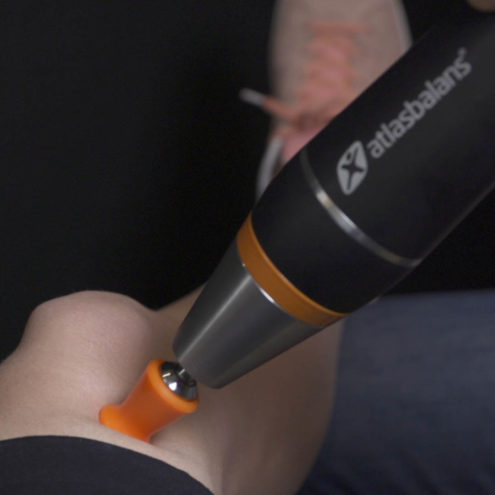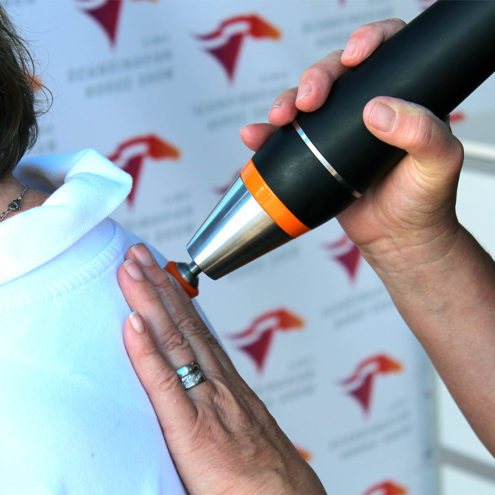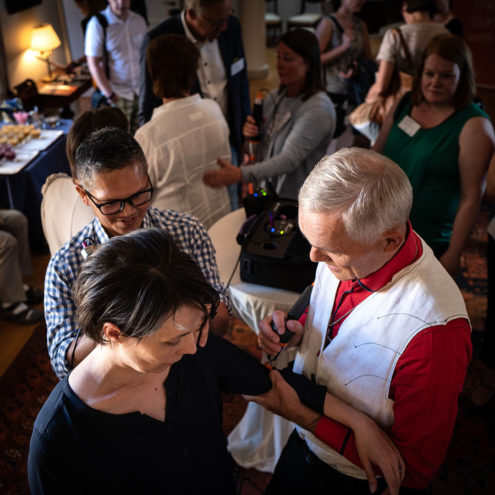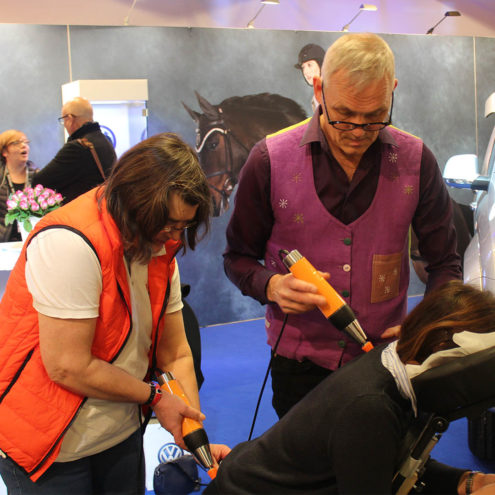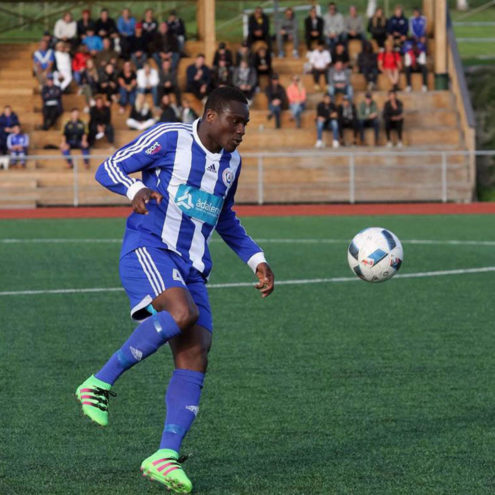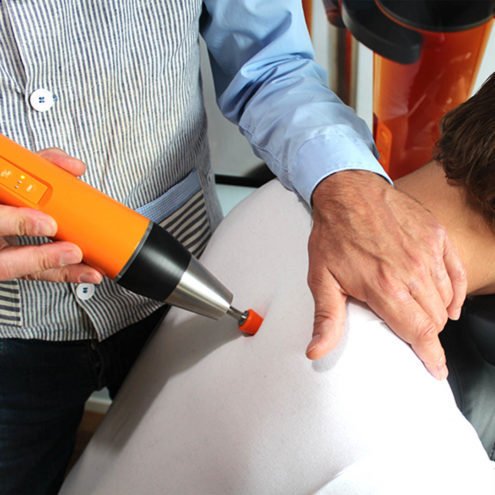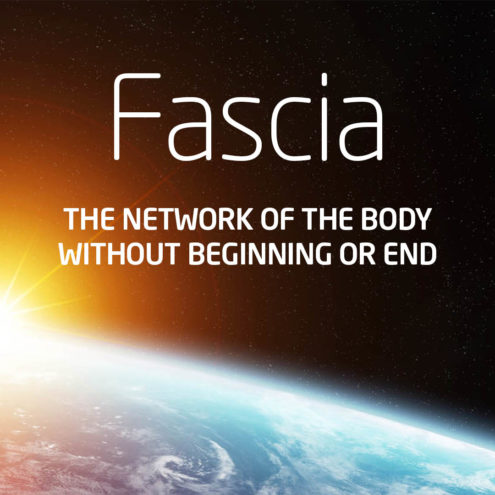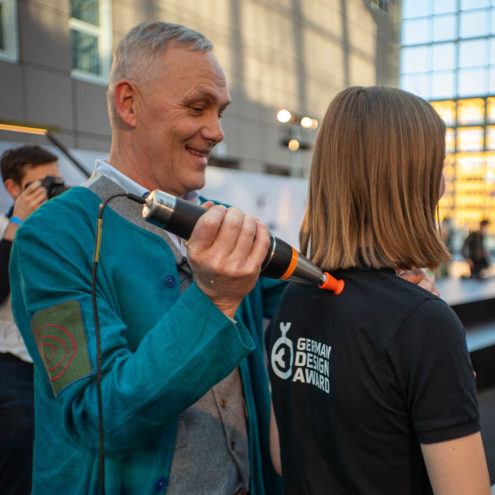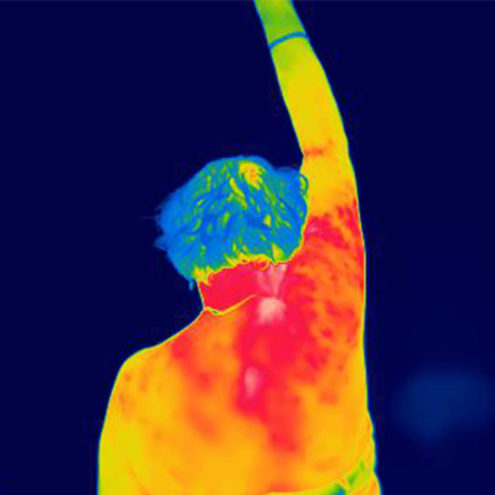Muscles in the body – Everything you need to know

This in-depth guide will explore the structure, function and role of muscles in our lives, as well as looking at common problems and how they can be addressed.
What is muscle?
The muscles are tissues in the body that have the ability to contract, which provides the opportunity for movement and strength. They play a crucial role in every physical activity you perform, from walking and running to talking, breathing, and blinking.
Structure and function of the muscle
Each muscle is made up of thousands of tiny muscle fibers that are interconnected and surrounded by a connective tissue. These fibers can contract and create movement through a process controlled by nerve impulses from the brain.
Different types of muscles and their characteristics
There are three main types of muscles in the body:
Skeletal muscles: attach to the skeleton and control movement and posture. These are voluntary muscles.
Smooth muscles: found in organs such as the intestines and blood vessels, work automatically without conscious control.
Cardiac muscles: make up the heart and pump blood through the body, working continuously and autonomously.
How muscles interact with the skeleton
Muscles work closely with the skeleton to enable movement and maintain stability. The shape and fiber appearance of muscles can vary depending on the tasks they perform in the body.
Mechanics of the musculoskeletal system
The skeletal muscles are attached to the bones by tendons that run into the bone tissue. Each muscle passes through at least one joint. Muscles can work statically and dynamically. Dynamic work means that the muscle works during shortening. By contracting, a movement is created in the joint which causes the bones to move closer together. During static work, the muscle works under constant tension without changing its length.
Agonists and antagonists – Cooperation between muscles
When muscles contract, the joints perform a movement. During movement, the muscle that performs the movement is called the agonist. On the other side of the joint, there is a muscle that counteracts the movement. This muscle is called the antagonist. For movement to occur, the antagonist relaxes. The cooperation between agonists and antagonists makes the movements controlled and well balanced.
Muscle fibers – The cornerstones of muscle power
A muscle is made up of thousands of muscle cells, called muscle fibers. Each muscle fiber is surrounded by aereolar connective tissue (endomysium) that allows the fibers to slide smoothly against each other. The muscle fibers are bundled together and surrounded by a thin layer of connective tissue (perimysium). Each muscle fiber is made up of myofibrils, which contain myofilaments. It is in the myofilaments that contraction takes place, i.e. that a muscle can contract. During contraction, a force is developed in the muscle, enabling it to perform a movement.
Slow vs Fast Muscle Fibers
Muscles are made up of different types of muscle fibers, slow and fast. The different fibers are recruited depending on the work to be done. Slow-twitch fibers contract more slowly and are more enduring. They are active during prolonged work such as long-distance running and cycling. Fast fibres contract faster and have a low endurance. The fast-twitch muscle fibers are used in short-term activities where maximum performance is required.
Adaptation of muscle fibers to training
With regular exercise, you can change the balance between fast and slow-twitch muscle fibers to better suit your physical needs and goals. In fit individuals, the distribution of fiber types can differ markedly. In a long-distance runner, 90% of muscle fibers can be slow-twitch.
Important muscle groups in the body
Understanding the most important muscle groups can help you focus your training and improve your body function.
Back and chest muscles
These muscle groups support and allow us to move our upper body and arms. These muscles are also important for our posture and breathing.
Arms and legs – Power and mobility
The biceps and triceps are muscles in the upper arm that most people are familiar with. They are important for the mobility of our arms, shoulders and shoulders. The quadriceps and hamstrings are two large and very powerful muscle groups on our legs. They play a big role in the movement and stability of our hips and knees.
Trunk and core – The core of stability
The muscles of the trunk, including the straight abdominal muscle, the obliques and the transverse abdominal muscle, are important for maintaining balance and stability in the body. Tension and weakness in these muscles can cause back problems, especially in the lumbar region.
Why you have muscle problems
Muscle problems can occur for several reasons and often affect people’s everyday lives. Factors such as injuries, diseases, nutritional deficiencies, age and genetics can cause muscle problems.
Common causes of muscle pain and stiffness
Overexertion, lack of stretching, injuries, and illness can all contribute to muscle pain and stiffness. Deficiencies in certain nutrients and dehydration can also contribute to stiff muscles.
Overexertion and injuries – When the muscles tell you to slow down
Too much activity without sufficient rest and recovery can lead to overuse and muscle damage. In overuse, the muscles have been subjected to more strain than they can handle for a period of time. Common causes of overuse can be prolonged unilateral heavy work, too rapid an increase in the amount of exercise, muscular imbalances and previous injuries.
Symptoms and signs of muscle-related problems
It’s important to recognize the signs of muscle problems in order to treat them effectively. Common signs are pain, inflammation and swelling of the muscles. Reduced mobility, bruising and pain at rest may also occur.
Identify warning signs from your muscles
Pain, weakness, swelling and reduced mobility can be warning signs of muscle problems. If you are otherwise in good health, these may be signs of overuse and muscle inflammation. If you feel these warning signs, you should stop your activity immediately.
Links between muscle pain and other health problems
Muscle-related problems can often be linked to or be signs of other health problems, such as circulatory disorders or nutritional deficiencies. Many neurological diseases, such as multiple sclerosis and stroke, can cause symptoms such as muscle pain.
How we at FasciaClinics can help you
If you are experiencing muscle-related problems, Fascia Clinics can help you manage them. At Fascia Clinics, we specialize in seeing and treating the body from a holistic perspective. We perform fascia treatments, a highly effective treatment method that focuses on treating and maintaining the fascia in our body. Fascia is the network of connective tissue that binds and permeates everything in our body. All cells, tissues (even bone), muscles and organs contain fascia. The fascia is also very rich in free pain receptors, known as nociceptors, which react to stimuli such as pressure, and send signals to the central nervous system where it is interpreted as pain.
Fascia treatment focuses on releasing tension and adhesions in the fascia and increasing its flow. This allows us to have an improved mobility of the body with less pain and improved self-healing.
During a visit, we analyze the whole body to see where compensations and imbalances are and how they have spread. If there is an imbalance in the body, there is a risk that they will spread and affect other structures. That’s why it’s very important to seek help quickly as soon as you experience any symptoms.
 Search
Search






